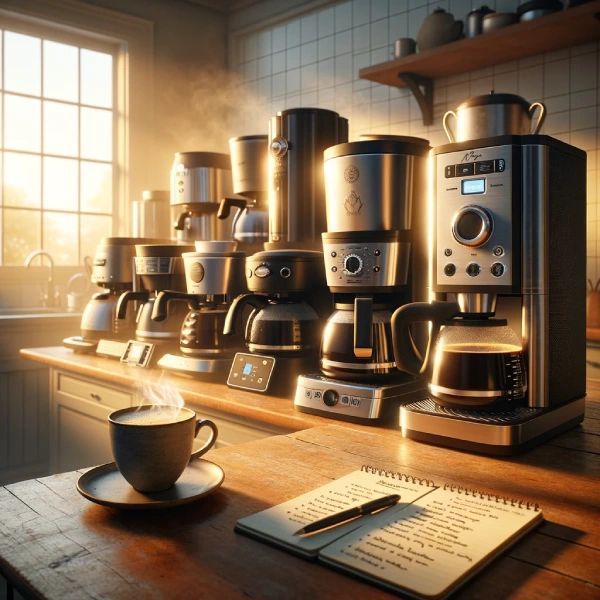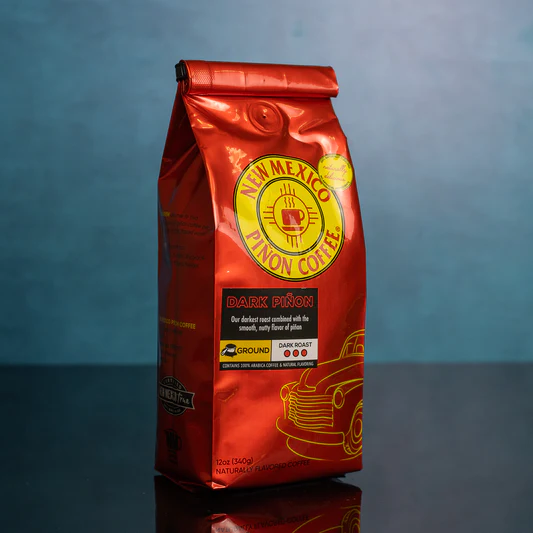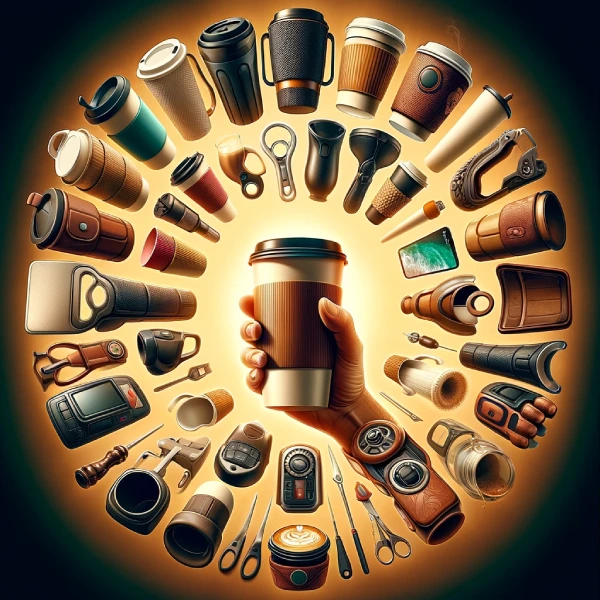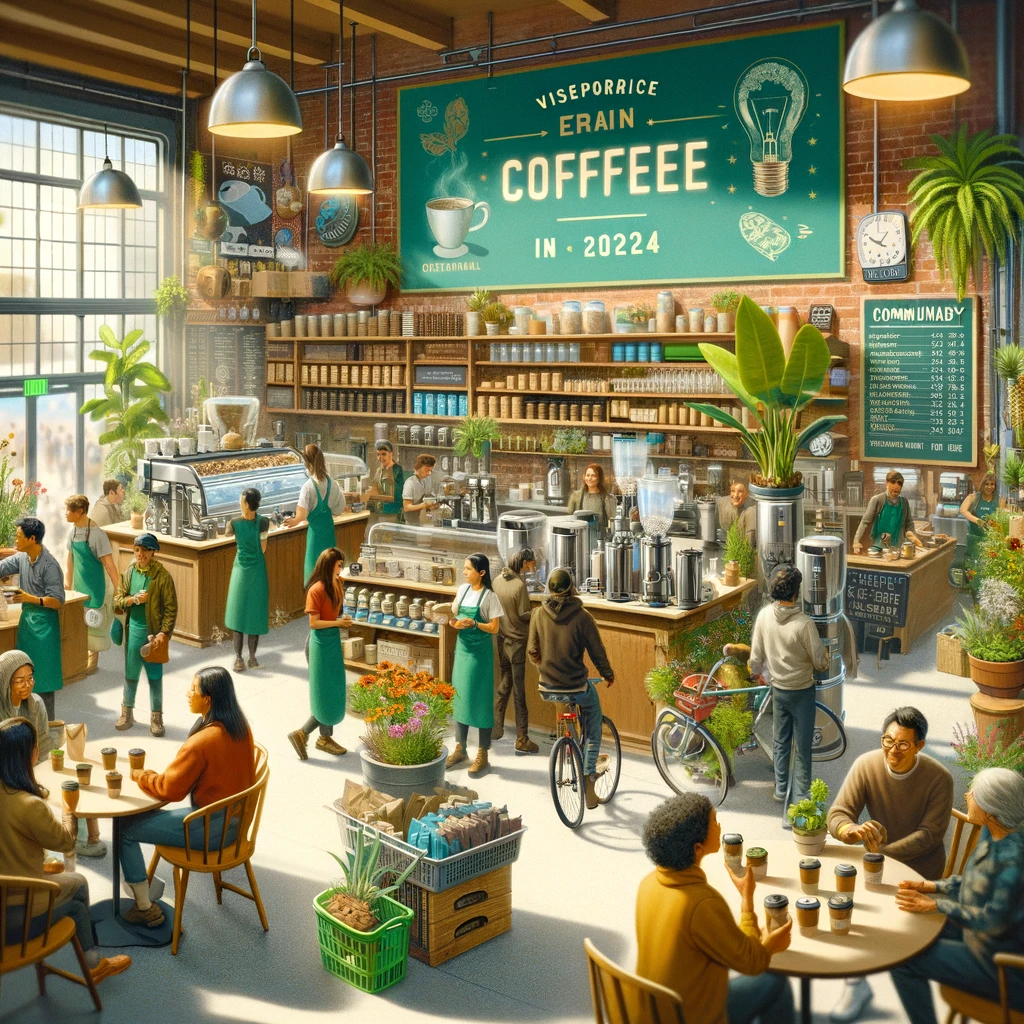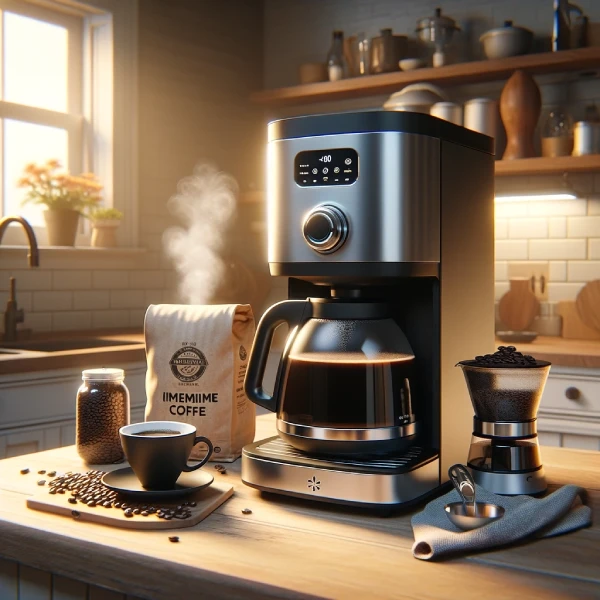The global coffee industry has always been a subject of interest, evolving rapidly with consumer preferences and technological advancements.
In 2023, the landscape of coffee shops around the world continues to change, reflecting new trends and patterns in consumer behavior. This article delves into the latest statistics and trends shaping the top coffee shops globally.
Introduction
Coffee, a beverage revered for its aroma and energizing properties, has been a staple in various cultures for centuries. Today, it's more than just a morning ritual; it's a global phenomenon. The coffee shop industry, a significant segment of the global coffee market, has witnessed remarkable growth and transformation, especially in the wake of the digital era and changing consumer preferences.
In 2023, this industry continues to thrive, adapting to new challenges and opportunities. We will explore the current state of the world's top coffee shops, analyzing key statistics and trends that define this dynamic industry.
Global Coffee Shop Market Overview
- Market Size and Growth: As of 2023, the global coffee shop market is valued at approximately $145 billion, with a projected annual growth rate of 5.5% over the next five years (Source).
- Number of Coffee Shops: There are over 35,000 specialty coffee shops in the United States alone, with Europe and Asia-Pacific regions showing significant numbers as well (Source).
- Consumer Spending: On average, consumers in the United States spend about $21 per week on coffee, with similar trends observed in Europe and Asia (Source).
Dominant Players in the Market
- Starbucks: As the world's largest coffee chain, Starbucks operates over 32,000 stores globally, with a revenue of $26.5 billion in 2022 (Source).
- Costa Coffee: The second-largest coffee chain, Costa Coffee, has over 3,800 stores worldwide, with a significant presence in Europe and Asia (Source).
- McCafé: McDonald's coffee-focused McCafé has seen a surge in popularity, with over 5,000 locations worldwide, contributing significantly to McDonald's revenue (Source).
Photo by Joshua Rodriguez on Unsplash
Consumer Preferences and Behavior
- Preference for Specialty Coffee: 60% of coffee consumers prefer specialty coffee, indicating a shift towards quality and sustainability (Source).
- Mobile Ordering and Delivery: 45% of coffee shop customers use mobile ordering, with a growing trend towards home delivery services (Source).
- Sustainability Concerns: Approximately 70% of consumers are willing to pay more for sustainably sourced coffee (Source).
Coffee Shop Innovations and Technology Trends
Digital Integration
- Mobile Apps and Loyalty Programs: Starbucks' mobile app accounts for 30% of all transactions in the U.S., showcasing the importance of digital integration (Source).
- Contactless Payments: 80% of coffee shops now offer contactless payment options, catering to consumer demand for convenience and safety (Source).
Sustainable Practices
- Eco-friendly Packaging: 55% of coffee shops have switched to biodegradable or compostable packaging to reduce environmental impact (Source).
- Energy-efficient Operations: Many coffee shops are adopting energy-efficient practices, with 40% using LED lighting and energy-saving appliances (Source).
Menu Innovations
- Plant-based Options: The availability of plant-based milk options has increased by 50% in coffee shops, reflecting changing dietary preferences (Source).
- Health-focused Beverages: There's a 35% increase in the offering of health-focused beverages like turmeric lattes and matcha in coffee shops (Source).
Regional Trends and Market Dynamics
North America
- Market Size: The North American coffee shop market is valued at $45 billion, with a steady growth rate (Source).
- Consumer Trends: 65% of coffee consumption in North America occurs during breakfast hours (Source).
Europe
- Market Dynamics: Europe's coffee shop market is characterized by a strong preference for independent coffee shops, accounting for 70% of the market (Source).
- Growth in Eastern Europe: Eastern European countries are witnessing a 10% growth in the number of coffee shops annually (Source).
Asia-Pacific
- Rapid Expansion: The Asia-Pacific region is experiencing the fastest growth in the coffee shop market, with a 9.5% annual growth rate (Source).
- Cultural Integration: In countries like Japan and South Korea, coffee shops are increasingly becoming cultural hubs, blending traditional elements with modern coffee culture (Source).
Emerging Trends in Coffee Consumption
Growth of Specialty Coffee
- Market Share: Specialty coffee now represents 59% of the total coffee market in the U.S., a significant increase from previous years (Source).
- Consumer Preference: 70% of coffee drinkers aged 18-24 prefer specialty coffee, indicating a generational shift in coffee consumption habits (Source).
Rise of Home Brewing
- Increase in Sales: Sales of home coffee brewing equipment have risen by 40% since 2021, reflecting a growing trend of coffee enthusiasts brewing at home (Source).
- Preference for Premium Beans: There's a 35% increase in the sales of premium coffee beans for home brewing, suggesting a demand for high-quality coffee experiences at home (Source).
Impact of Social Media
- Influence on Consumer Choices: 55% of coffee shop customers report trying a new coffee shop or a new coffee beverage after seeing it on social media (Source).
- Instagrammable Spaces: 65% of top coffee shops now focus on creating 'Instagrammable' interiors, recognizing the power of social media in attracting customers (Source).
Consumer Behavior and Preferences
Demographic Shifts
- Millennials and Gen Z: These generations account for 70% of all specialty coffee consumption, driving trends such as sustainability and quality (Source).
- Women as Primary Consumers: Women represent 60% of the total coffee shop customer base, with a preference for flavored and specialty coffees (Source).
Health and Wellness Trends
- Low-calorie Options: 50% of consumers now prefer low-calorie coffee options, leading to an increase in the availability of such beverages in coffee shops (Source).
- Functional Ingredients: There's a 45% increase in the demand for coffee beverages with functional ingredients like CBD and adaptogens (Source).
Technological Advancements in the Coffee Industry
Automation and Robotics
- Automated Baristas: 20% of high-end coffee shops have introduced automated coffee-making systems, enhancing efficiency and consistency (Source).
- Robotics in Service: Robot baristas and servers are being used in 15% of coffee shops in tech-forward regions like Japan and Silicon Valley (Source).
Data Analytics and Personalization
- Use of Big Data: 60% of coffee chains now use data analytics to personalize marketing efforts and improve customer experience (Source).
- AI in Customer Service: Artificial intelligence is being used by 30% of coffee shops for customer service, including chatbots and personalized recommendations (Source).
Global Coffee Shop Chains: Expansions and Strategies
Starbucks
- Global Expansion: Starbucks plans to open 2,000 new stores in 2023, focusing on Asia-Pacific and Middle Eastern markets (Source).
- Sustainability Initiatives: Starbucks has committed to reducing its carbon footprint by 50% by 2030, influencing industry-wide sustainability practices (Source).
Costa Coffee
- Digital Transformation: Costa Coffee has enhanced its digital presence, with a 30% increase in mobile app transactions in 2023 (Source).
- New Market Penetration: Costa Coffee is expanding into new markets like South America and North Africa, aiming to open 500 new stores in these regions by 2024 (Source).
Local Coffee Shop Trends
- Growth of Independent Coffee Shops: Independent coffee shops have seen a 25% growth in 2023, particularly in urban areas and emerging markets (Source).
- Community Engagement: 80% of local coffee shops actively engage in community events and initiatives, building strong customer loyalty (Source).
Photo by Patrick Tomasso on Unsplash
Coffee Shop Design and Aesthetics
Eco-friendly Design
- Sustainable Materials: 60% of new coffee shops are using sustainable materials in their interior design, reflecting a commitment to environmental responsibility (Source).
- Natural Elements: Incorporation of natural elements like plants and water features is a trend observed in 70% of newly designed coffee shops (Source).
Experience-driven Spaces
- Multi-functional Spaces: 50% of coffee shops are now designed as multi-functional spaces, serving as co-working spaces, event venues, and community centers (Source).
- Local Cultural Elements: Integrating local art and cultural elements is a key design trend in 60% of coffee shops, especially in tourist-heavy areas (Source).
Economic Impact and Market Dynamics
Contribution to Global Economy
- Revenue Generation: The global coffee shop market contributes approximately $200 billion to the world economy annually (Source).
- Employment Opportunities: Coffee shops create over 10 million jobs worldwide, playing a significant role in employment, especially in urban areas (Source).
Supply Chain Dynamics
- Coffee Bean Sourcing: 75% of coffee shops now source their beans directly from farmers, promoting fair trade and sustainability (Source).
- Impact of Climate Change: Climate change has affected coffee production, with a 20% decrease in global coffee yield predicted by 2025 (Source).
Future Outlook and Predictions
Expansion in Emerging Markets
- Growth in Asia and Africa: The coffee shop market in Asia and Africa is expected to grow by 15% annually over the next five years (Source).
- Local Brands Rising: Local coffee shop brands in these regions are predicted to gain a 30% market share by 2025 (Source).
Technological Innovations
- AI and Machine Learning: 40% of coffee shops are expected to implement AI for inventory management and customer preference analysis by 2025 (Source).
- Sustainable Tech: Adoption of green technology in coffee shops is projected to increase by 50% in the next decade (Source).
Consumer Trends
- Demand for Authentic Experiences: 70% of consumers indicate a preference for coffee shops offering authentic and culturally rich experiences (Source).
- Health-Conscious Choices: The demand for health-oriented coffee options is expected to rise by 40% in the next three years (Source).
Challenges and Opportunities
Adapting to Market Changes
- Navigating Economic Fluctuations: Coffee shops face the challenge of adapting to economic fluctuations, with a focus on cost-effective operations and pricing strategies.
- Embracing Digital Transformation: The need for digital transformation is crucial, with 80% of coffee shops planning to enhance their digital presence (Source).
Sustainability and Ethical Practices
- Eco-friendly Operations: 60% of coffee shops are moving towards completely eco-friendly operations, including waste management and energy use (Source).
- Ethical Sourcing: Ethical sourcing of coffee beans is a priority, with 70% of coffee shops aiming to achieve direct trade relationships with farmers (Source).
Conclusion
The coffee shop industry, a vibrant and ever-evolving sector, continues to adapt and thrive in 2023. From the rise of specialty coffee to the integration of technology and sustainability, the industry is witnessing significant transformations. The economic impact of coffee shops is profound, contributing significantly to global economies and employment.
The future outlook remains positive, with growth expected in emerging markets and a continued focus on innovation, sustainability, and consumer-centric experiences.
As we look ahead, the coffee shop industry is poised to remain a dynamic and integral part of the global culinary and cultural landscape, adapting to changing consumer preferences and global challenges.
Frequently Asked Questions
-
What is the current value of the global coffee shop market? The global coffee shop market is valued at approximately $145 billion as of 2023.
-
Which coffee chain has the largest number of stores worldwide? Starbucks is the largest coffee chain, with over 32,000 stores globally.
-
What percentage of coffee consumers prefer specialty coffee? About 60% of coffee consumers prefer specialty coffee.
-
How has the home brewing trend impacted the coffee industry? The home brewing trend has led to a 40% increase in sales of home coffee brewing equipment.
-
What role does social media play in the coffee shop industry? Social media influences consumer choices, with 55% of customers trying new coffee shops or beverages after seeing them on social platforms.
-
What are the key technological advancements in the coffee industry? Key advancements include automation, robotics, data analytics, and AI in customer service.
-
How are coffee shops contributing to sustainability? Many coffee shops are adopting eco-friendly practices, such as using sustainable materials and reducing carbon footprints.
-
What are the emerging consumer trends in coffee consumption? Trends include a preference for health-conscious options and demand for authentic, culturally rich experiences.
-
What challenges do coffee shops face in 2023? Challenges include adapting to economic fluctuations, embracing digital transformation, and implementing sustainable practices.
-
What is the predicted growth of the coffee shop market in Asia and Africa? The coffee shop market in Asia and Africa is expected to grow by 15% annually over the next five years.





